Handheld Barcode Scanner Accuracy: A Comprehensive Guide
At checkout counters in supermarkets, during inventory checks in warehouses, or within parcel sorting centers, handheld barcode scanners are ubiquitous. For sectors like daily retail, warehouse management, and express logistics, these devices are undeniably invaluable tools. When it comes to selecting a handheld scanner, experienced buyers often focus on a key factor: barcode scanner accuracy. So, what exactly does it entail?
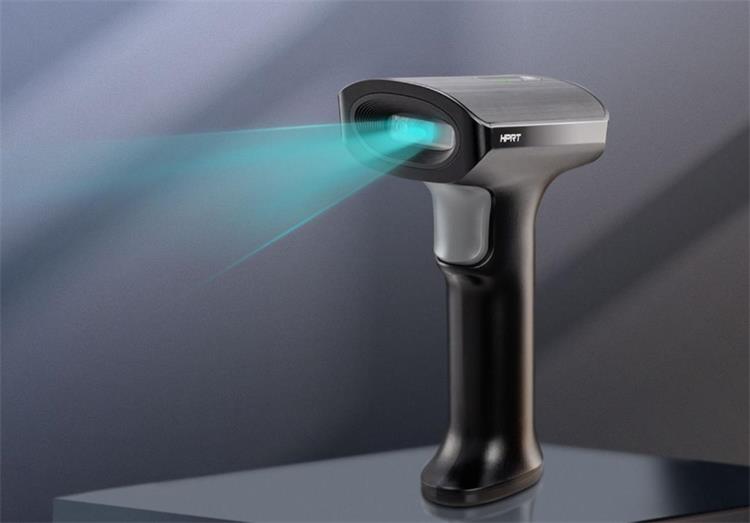
Barcode Scanner Accuracy
When we discuss scanner accuracy, we’re referring to its ability to read 1D or 2D barcodes with precision and efficiency. This involves multiple considerations:
1. Minimum Barcode Width
The minimum barcode width indicates the narrowest gap that a scanner can accurately decipher. In the specifications of handheld scanners, this is often referred to as "recognition accuracy." Common values include 3 mil, 4 mil, and 5 mil. A mil is an imperial unit where 1 mil equals 0.001 inches or approximately 0.0254 mm.
A higher recognition accuracy means that scanners can read smaller barcodes. For instance, a 3 mil recognition accuracy can read barcodes as narrow as 0.0762 mm, while a 5 mil recognition accuracy can only read barcodes as narrow as 0.1270 mm.
In practical applications, like scanning QR codes on electronic components or one-dimensional barcodes on medical instruments, a high-precision 2D handheld barcode scannerlike HPRT N160BT with a 3 mil recognition accuracy is essential.
2. Scanning Distance
Scanning distance refers to the maximum range between the scanner and the barcode within which the barcode can be successfully decoded. This distance is often influenced by the scanner’s optical system and light source intensity. Different scanners may have varying optimal reading distances, making it a critical factor to consider when selecting a scanner.
For instance, in a large warehouse, workers may need to scan barcodes located at considerable heights. In such cases, a barcode reader with an extended reading range proves useful as it enables workers to scan high-up barcodes directly from the ground without needing ladders or other tools.
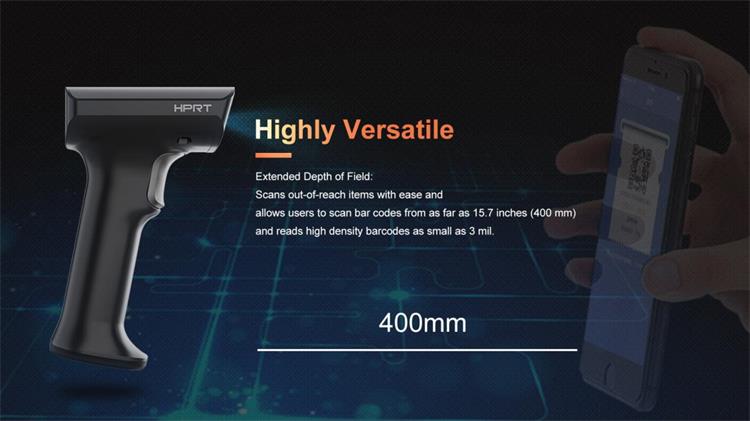
Many HPRT barcode scanners support extended depth of field, allowing easy scanning at longer distances. For example, the cost-effective N130 handheld scanner can read EAN-13 standard barcodes as narrow as 13 mils from a maximum distance of up to 350 mm and decode 3 mil one-dimensional barcodes.
This ergonomically designed barcode reader provides a comfortable grip, supports up to 5 million button presses, offers stable performance, is durable, and is resistant to impacts. It is compatible with various systems, ensuring a seamless user experience.
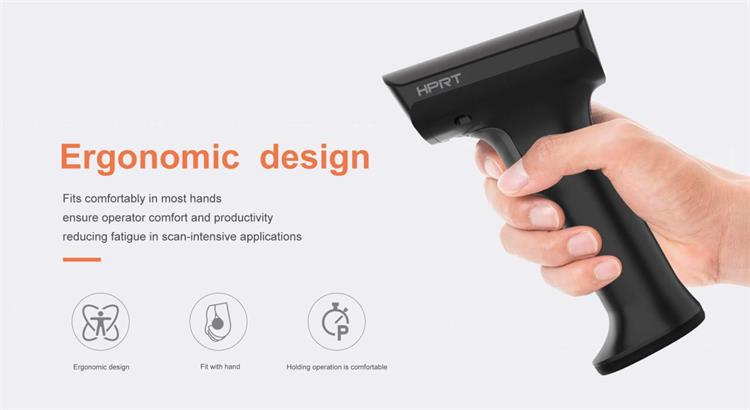
Its Bluetooth version also pairs effortlessly with computers, enabling free movement within a spacious 10-meter range, making it ideal for small-scale warehousing and logistics. Moreover, it suits applications in restaurants, retail checkouts, library scanning, and other scenarios.
3. Decoding Speed
Decoding speed denotes the number of barcodes or frames a scanner can decode within one second. This performance metric is influenced by various factors, including the scanner’s optical system, software algorithms, and barcode quality. The optical system and algorithms are pivotal elements in determining decoding speed.
● Barcode Quality: Higher barcode clarity and contrast result in faster decoding.
● Barcode Complexity: One-dimensional barcodes are typically decoded more quickly compared to complex two-dimensional barcodes.
● Scanner’s Optical System: High-performance optical systems capture barcode images more accurately, improving decoding speed.
● Scanner’s Processor and Algorithms: Scanners equipped with efficient processors and optimized decoding algorithms achieve higher decoding speeds.
● Ambient Lighting: Decoding speed is often faster in well-lit conditions.
● Barcode Size and Density: Smaller and denser barcodes may require more time for decoding.
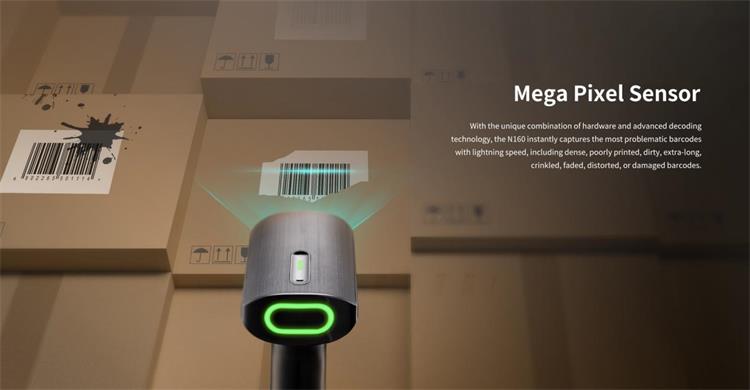
HPRT N160BT handheld 2D barcode scanner boasts a one-million-pixel sensor, offering a high 3 mil recognition accuracy. This allows it to capture barcode images clearly. With its efficient automatic decoding technology, it can swiftly and accurately scan barcodes and QR codes, even those that are damaged or faded. Furthermore, its unique top LED light provides users with intuitive battery level information.
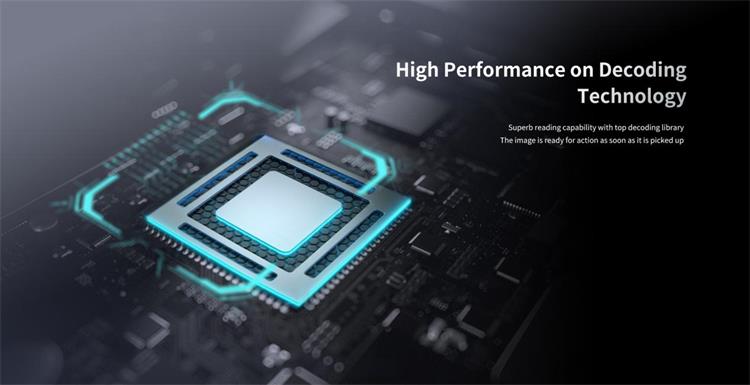
The N160BT supports keyboard language output for up to 80 countries and is compatible with Windows, iOS, Android, and Linux systems. This scanner also supports Bluetooth connectivity and comes with a wireless base, offering a transmission distance of up to 100 meters, making it ideal for use in large warehouses or factory workshops.
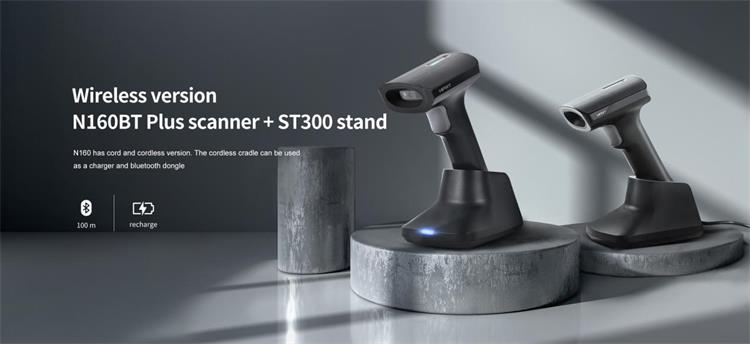
4. Error Tolerance
Error tolerance in handheld barcode scanners refers to their ability to correctly recognize barcode information under adverse conditions, such as when barcodes are blurry, soiled, or damaged. A higher error tolerance equips scanners to accurately identify barcodes in challenging environments. This is influenced by factors such as barcode printing quality, scanner light source, and external factors like lighting conditions.
In scenarios like warehouse management, logistics, and manufacturing, barcodes often face external factors such as smudging, jolts, or oil stains. In such cases, barcode scanners with high error tolerance become essential. They can accurately read blurry, soiled, or damaged barcodes, ensuring data accuracy and smooth operations.
To further enhance scanning success, practical tips include checking the quality of barcodes before scanning to ensure they are clear and intact, maintaining an appropriate scanning distance (usually 5-10 centimeters), and ensuring the scanner is held perpendicular to the barcode to avoid skewed scans. Adequate lighting conditions are also crucial for scan performance.
Understanding core metrics like minimum barcode width, decoding speed, and error tolerance can help you choose a barcode scanner that meets your scanning requirement. HPRT 1D & 2D barcode scanners are widely utilized across various industries, tailored to meet diverse user requirements. We offer feature-rich and high-end barcode scanners that cater to different scanning accuracies, available in both wired and wireless handheld barcode scanners. Additionally, we provide extensive customization options for bulk orders. If you’re interested in our products, please don’t hesitate to contact us.








